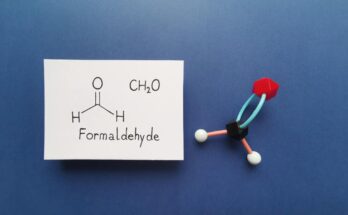Summer heat can turn your home into an oven, and your wine collection might be suffering more than you realize. High temperatures can damage wine by accelerating aging, causing corks to expand, and ruining delicate flavors you’ve been saving for special occasions.
The good news is that you don’t need expensive cooling systems to protect your bottles during the hottest months of the year. Keep reading to learn where to store wine in the summer when you don’t have AC.
Find the Coolest Spot in Your Home
Your basement should be your first choice if you have one. Underground spaces naturally maintain cooler temperatures because soil insulates against heat. Even unfinished basements work well. Interior closets on the ground floor make excellent alternatives since they’re surrounded by walls that block direct sunlight and exterior heat.
Avoid areas near windows, exterior walls, or heat-generating appliances, such as water heaters and furnaces. These spots experience the most dramatic temperature swings throughout the day.
Create a DIY Cool Zone
Transform a small closet or pantry into a wine-friendly environment by removing heat sources and improving insulation. Place bottles in wooden crates or cardboard boxes to provide additional temperature buffering. Heavy blankets or sleeping bags wrapped around wine boxes create extra insulation layers that slow temperature changes.
Consider placing frozen water bottles or ice packs around your wine storage area and replacing them daily during periods of high heat. This method requires attention but can drop wine temperatures by several degrees in small spaces.
Use Your Refrigerator Strategically
Your refrigerator can temporarily house wine during extreme heat, although it’s not ideal for long-term storage. The temperature in the fridge is too cold for proper wine aging, but it prevents heat damage during summer peaks. Store bottles in the main compartment rather than the door, where temperatures fluctuate more.
For wine you plan to drink within a few weeks, refrigerator storage is preferable to storing the bottles in a hot, humid environment. Just remember to remove the bottles a day before serving to let them reach the proper drinking temperature.
Monitor and Adjust Storage Conditions
Check your storage area’s temperature regularly using a simple thermometer. Wine incurs extensive damage above 75 degrees Fahrenheit, so this should be your maximum threshold. If temperatures consistently exceed this range, move bottles to a cooler location immediately.
Many wine storage mistakes occur because people assume their chosen spot remains cool it doesn’t. Night and day temperature swings can be just as harmful as consistently high heat.
Smart Summer Wine Management
Deciding where to store wine in the summer when you don’t have AC requires creative thinking. Consider drinking your more delicate wines first, saving sturdier bottles for later in the season. This approach prevents you from losing your best wines to heat damage.
Moving wine storage locations throughout your home as seasons change isn’t unusual. Professional collectors often relocate their collections multiple times per year to maintain optimal conditions. All the extra effort will be worth it when you finally uncork those perfectly preserved bottles.



